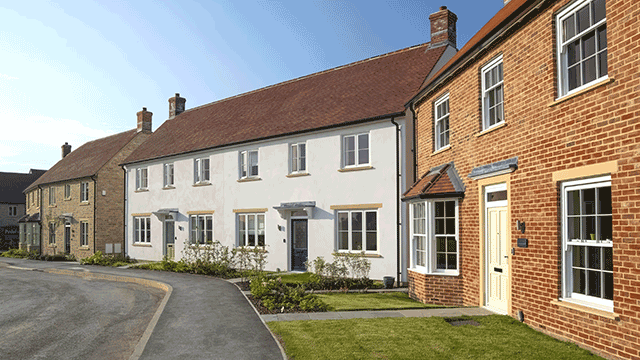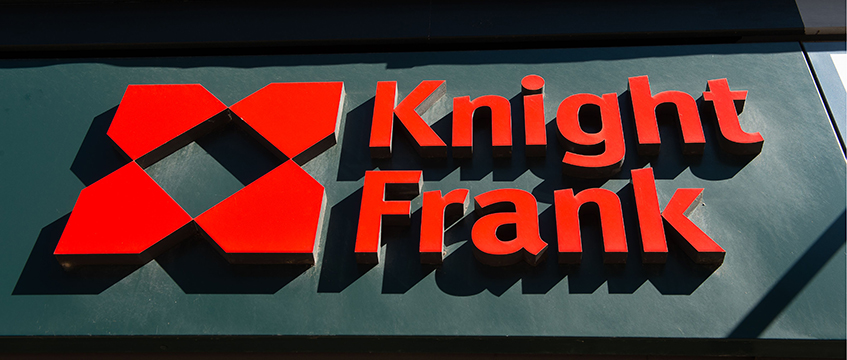Tony Elliott and Judi Gott explain by means of flow diagrams how the Leasehold Reform etc Act operates in practice.
The relevant part of the Leasehold Reform, Housing and Urban Development Act 1993 came into force on November 1 1993. Chapter 1 of Part 1 of the Act, and no fewer than nine Schedules, deal with collective enfranchisement for tenants of flats.
The Bill attracted much controversy, which delayed its enactment. This also led to late amendments which have added new requirements, such as the need for at least some enfranchising tenants to meet a residence test. A number of these amendments affect the flow diagrams which we prepared and which were published in Estates Gazette. This note serves to update both the flow diagrams and what was written at that time.
The three flow diagrams forming the core of this article are felt to be useful to readers in showing, through a simplified form, how the Act operates in practice. The first sets out the conditions for tenants to qualify to operate the enfranchisement rights; the second defines the premises over which the rights can be exercised, and the third describes the various procedures that may have to be followed between the freeholder and the qualifying tenants (disregarding, for simplicity, the possibility of intermediate lessors).
Qualifying tenants (see Figure 1)
The Act gives most long leaseholders of flats the collective right to buy the freehold of their building (with all intervening, leasehold interests) at market value. Section 1 confers this right of enfranchisement on “qualifying tenants”, that is, tenants who hold “long leases” and pay a “low rent”. These two terms are defined by sections 7 and 8 respectively. There is no requirement that all enfranchising tenants be resident in the building, although a residence test does come into play in exercise of the right (see below).
Premises conditions (see Figure 2)
The Bill requires that at least two-thirds of the flats in the building are let to qualifying tenants and that at least two-thirds of them (being at least two in number) give notice of their desire to purchase the freehold.
Those tenants who qualify and choose enfranchisement are the “participating tenants”. At least one half of the participating tenants must also meet the residence test; also, participating tenants must hold at least one half of the flats in the block.
The right does not apply to converted buildings that contain four or fewer flats and have a resident landlord, or to buildings where more than 10% of the floor area (excluding common parts) is occupied for non-residential purposes. There is also a requirement that the premises be “self-contained”, and this term is defined by section 3.
Exercise of the right to enfranchise (see Figure 3)
The collective right is exercised through a “nominee purchaser”, which in most cases is likely to be a specially formed company and which will ultimately take a transfer of the freehold, free from intervening interests.
Sections 11 to 27 lay down a notice/ counter-notice procedure and a timetable for exercising the right to enfranchise, and make provision for county court and Leasehold Valuation Tribunal intervention where problems arise, because, for example, the freeholder is unco-operative or untraceable. For the sake of our sanity and that of the reader, we have been obliged to oversimplify the section of the diagram which deals with the results that flow from a declaration by the court, as these may differ according to the precise matters in dispute before the court.
An unwilling freeholder will be forced to part with his interest unless he can show both that he intends to redevelop the block and also that two-thirds of the long leases in the block are due to terminate within the next five years. He will obtain some compensation for the fact that he was not a willing seller in so far as he will be entitled to a “proportion” (being not less than 50%) of the marriage value over and above the market value of his share. In addition, he may require a leaseback of those units that are occupied by business tenants (or otherwise free from qualifying tenants). The lease will be for a period of 999 years and on the terms specified in Part IV of Schedule 8.
The Act also contains provisions to govern the situation where there are intermediate lessors between the freeholder and the qualifying tenants; in effect, the qualifying tenants also acquire those intermediate interests at market value, and the marriage value is apportioned between the various parties.
Tony Elliott is a partner and Judi Gott is a solicitor with solicitors Lawrence Graham.









